The dream of rebirth: is reincarnation real?; if so, why don’t we remember our lives?; how can we prove it?; and other difficult questions
Do you remember your dreams, your memories as a baby, your previous life? This series of questions is often used by Buddhist teachers to illustrate why we don’t have memories of past lives. Just as we often don’t remember our childhood, and certainly don’t remember our baby-hood, in this way we also don’t remember our previous lives.
Yet, some of us do capture fragments of past lives in dreams, or under hypnosis. Or, as shown in the research of Dr. Ian Stevenson [referenced below], children often remember past lives. As we grow into adults, we not only forget past lives, but even much of what happened to us as children.
A trauma as a child — a forgotten memory — might cause psychological problems for us as adults; whereas, a happy childhood with wonderful parents might result in a bountiful, unburdened life. In Buddhist philosophy, it is thought that a past life trauma — and past life good deeds — effects us negatively or positively in our current lives. In both cases, we don’t necessarily remember the cause — but we live the result. There is a saying in Korea, “I must have saved the country in a past life” — referring to good luck being a result of ripening past-life karma.
In the West, we tend to struggle with the concept of rebirth — especially given the important doctrine of Anatman (no self, no soul). Even practicing Buddhists — despite countless references to rebirth in the Suttas (Sutras) — reject the rebirth doctrine. Yet, it is a central aspiration of Buddhism to escape the cycle of rebirths, of Samsaric suffering. Our Bodhisattva vow, to cherish all beings as it they were our mothers — comes from the Sutta references to the cycle of rebirth where it states “all beings at one time have been our mother.”
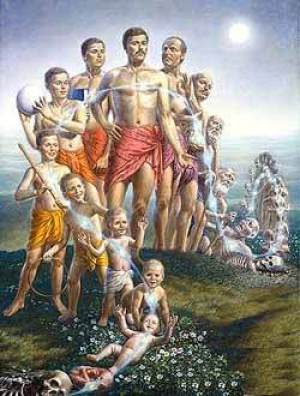
Even in the oldest Pali Suttas, we refer to the “stages” or “fruits” of our practice: to aspire to be a “once-returner”, a “non-returner” or a “arahant” (no rebirth). What are we returning to, if we do not achieve these goals? Samsaric rebirth.
Time changes things
Rebirth is conceptual, since current theoretical physics hypothesizes that time does NOT exist. Time, is relative to the observer — in the same way that Quantum Physics suggests there is no existence without the observer. “The flow of time is just a convenient illusion,” wrote theoretical phycisist Lee Smolin of the Perimeter Institute for Theoretical Physics. [1] Likewise, our apparent “reality”, in Buddhist terms “is just a convenient illusion.” In Buddhism we refer to “relative reality” and “ultimate reality.” We try to glimpse ultimate reality in our meditations — Emptiness and the clear light of bliss.
From this point of view of time, rebirth, as seen by Buddha, is entirely possible in theory. Thomas Campbell, a NASA scientist and physicist, described it this way [source here>>]:
There is no time. There is no space. Everything is one. Hence, we are all experiencing everything all at once. That means you are you, you are the neighbor, the dog (yes animals may reincarnate as well), the kid on the skateboard, the grouchy guy in the corner store, you are me, the Dalai Lama, Jesus, Hitler, Joan of Arc. You are everyone, all at once, in all points of time, and all points of space. However … you are focused on seeing and experiencing reality through your perspective only at this time.”
Is there any logic in the concept of rebirth?
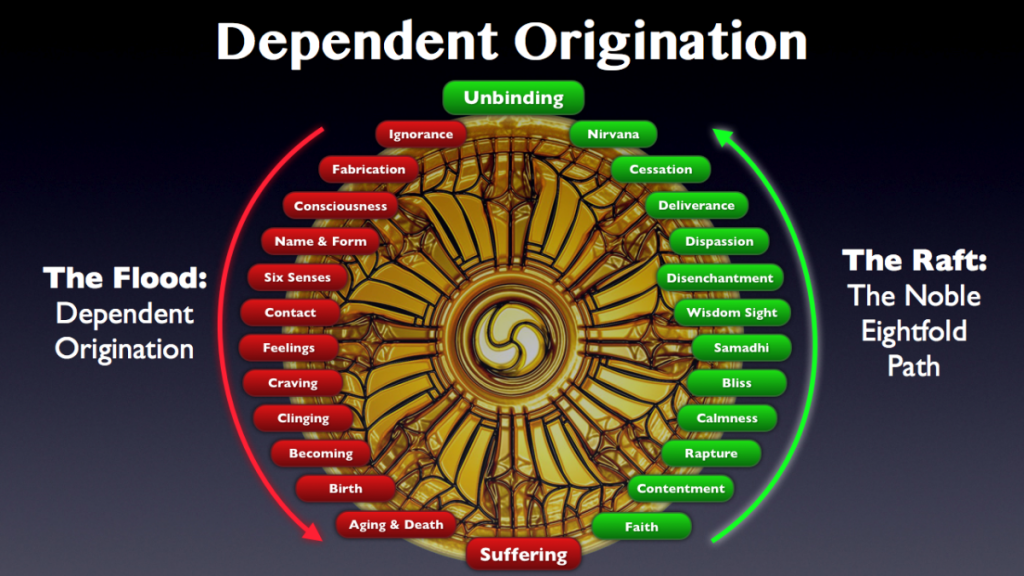
To many, rebirth is a more feasible possibility than suggested in concepts of heavens and hells. Even if we put aside the “time argument” of Thomas Campbell, the first law of thermodynamics in physics indicates that matter can neither be destroyed nor created (that’s not exactly what the law states, but it’s close enough for this feature). In fact, our own bodies, right this very minute are undergoing constant rebirth; cells in the body are constantly being “reborn.” Even though we appear unchanged from yesterday, or a week ago, every atom and molecule of our body is changing constantly.
It may seem difficult to reconcile the notions of “No Self” (Anatman) and rebirth — where some kind of “self” continues as a mindstream from birth-to-birth. In Buddhism, there is no concept of a soul. Instead of a “soul” reincarnating from life to life, the term “mind stream” is more commonly used. Buddha, himself, actually, only spoke of aggregates. In Buddhism, we aspire to remove attachments, and free ourselves from the endless cycle of suffering — but not in a nihilistic way. The goal is not extinction, but rather union or oneness with the universe — Emptiness, or Clear Light.
Science and rebirth?
There may not be any way to prove rebirth, but modern science at least has no contradictory evidence. In fact, Quantum Physics suggests ways in which science and “rebirth” can be reconciled:
- Entangled particles, in quantum physics, where particles remain connected even when separated by great distance — what Albert Einstein called, “spooky action at a distance” — in Buddhist philosophy, at the ultimate level of understanding, all is oneness.
- Quantum Physics posits there is no existence without the observer. Fritjof Capra, The Tao of Phsyics, writes: “The human observer constitute the final link in the chain of observational processes, and the properties of any atomic object can be understood only in terms of the object’s interaction with the observer.” In sutras on Emptiness a similar concept is taught.
- Interestingly, Albert Einstein used similar language to the Buddha when describing Big Bang and Big Crunch theory. Buddha, in Maha-Saccaka Sutta said: “When the mind was thus concentrated, purified, bright, unblemished, rid of defilement, pliant, malleable, steady, & attained to imperturbability, I directed it to the knowledge of recollecting my past lives. I recollected my manifold past lives, i.e., one birth, two… five, ten… fifty, a hundred, a thousand, a hundred thousand, many eons of cosmic contraction, many eons of cosmic expansion, many eons of cosmic contraction & expansion.”
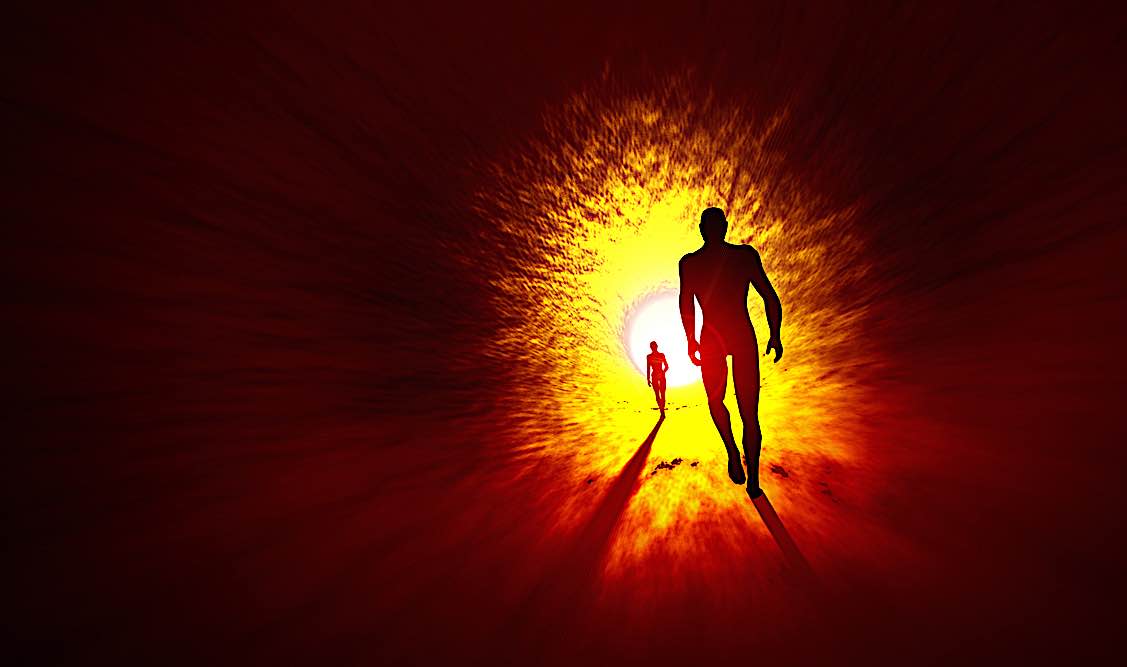
The endless “nots”
In science we often challenge existence with “not” logic. If we can’t describe what something actually is, in real, concrete terms, we start by describing what it is not. This becomes particularly apparent when scientists study “time.” We have conveniently created “units” of time, yet that isn’t the same thing as explaining what time is. Time is a continuum, right?
“Understanding the nature of time is the single most important problem facing science,” said theoretical phycisist Lee Smolin of the Perimeter Institute for Theoretical Physics. [1] This is, he explains, because without understanding time, we can’t understand reality itself.
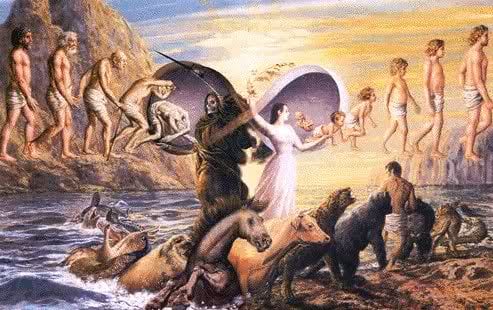
Proving mindstream from life-to-life
Proving continuity of consciousness or “mind stream” — the mindstream continuum that continues rebirth to rebirth in Buddhist belief — is impossible with current science. It is also impossible to disprove it. Rationalists can say “rubbish” all they like, but they can’t come up with concrete evidence proving we exist only in this one lifetime. Neither can the “believers” conclusively prove rebirth — although there is compelling research from Dr. Ian Stevenson. The concept that our minds are all “entangled” or “connected” and that “mind is not brain” is supported by science. Complicating the notion of linear past lives is the theory in science that time actually doesn’t exist.
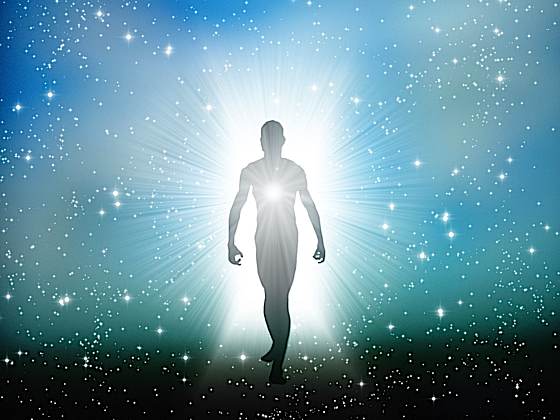
“We don’t know what consciousness is, or what it does,” said Rupert Sheldrake, Ph.D. in his lecture The Mind is Not the Brain “There’s no known, obvious reason, why we should be conscious at all, or exactly how the mind works.” His conclusion, based on significant research, was: “…The mind is field-like. That it’s not constrained to the inside of the head.” [For more on Mind is not Brain, see our feature>>]
Nobel prize winning neuroscience Professor Eccles echoed the sentiment that mind cannot be “reduced down to brain cell processes. If, in fact, mind is “field-like” and not limited to brain cell processes, it suggests “mind continium”, as described in Buddhism, is, at least, possible.
In a well-researched article, Steps Towards Solving the Mystery of Consciousness, the concept of consciousness surviving apparent brain death is highlighted. “Consciousness appears to be present in 10-20 percent of those who are in cardiac arrest.” The author explained, “brain cells need to communicate using electrical pulses… How is it then that we have a clinical scenario in which there is severe brain dysfunction, the worst possible type, with an absence of electrical activity in the brain, but somehow thought processes, with reasoning, memory formation and consciousness continue and are even heightened?” [Also refer to our in-depth feature, citing more research on mind/brain/consciousness>>]
It’s clear, from the suttas, that Buddha understood rebirth to be a fact. Our goal, in part, as Buddhists is to escape the Samsaric cycle of rebirth and suffering through various lives.
Western Buddhists will often put aside this notion, contextually re-aligning those references with “suffering in this lifetime” — although that clearly wasn’t the only suffering Buddha referenced. Not only that, it was commonly accepted that our current conditions in life are a result of karma from previous lives.
Evidence of Rebirth?
The best known evidence is the work of Ian Stevenson, who spent fifteen years collecting data from over 4500 people who spontaneously recalled past lives. According to Dr. Robert Almeder of Georgia State University, “This was important research, empirical research and I could not think of any alternative explanation as plausible for the data as that some people reincarnate.” We explored that more fully in these two features:
NOTES
[1] Science Focus “The incredible truth about time”
4 thoughts on “The dream of rebirth: is reincarnation real?; if so, why don’t we remember our lives?; how can we prove it?; and other difficult questions”
Leave a Comment
More articles by this author

Profound simplicity of “Amituofo”: why Nianfo or Nembutsu is a deep, complete practice with innumerable benefits and cannot be dismissed as faith-based: w. full Amitabha Sutra

“Torches That Help Light My Path”: Thich Nhat Hanh’s Translation of the Sutra on the Eight Realizations of the Great Beings

The Science of Mantras: Mantras Work With or Without Faith; Research Supports the Effectiveness of Sanskrit Mantra for Healing — and Even Environmental Transformation
Search
Latest Features
Please support the "Spread the Dharma" mission as one of our heroic Dharma Supporting Members, or with a one-time donation.
Please Help Support the “Spread the Dharma” Mission!

Be a part of the noble mission as a supporting member or a patron, or a volunteer contributor of content.
The power of Dharma to help sentient beings, in part, lies in ensuring access to Buddha’s precious Dharma — the mission of Buddha Weekly. We can’t do it without you!
A non-profit association since 2007, Buddha Weekly published many feature articles, videos, and, podcasts. Please consider supporting the mission to preserve and “Spread the Dharma." Your support as either a patron or a supporting member helps defray the high costs of producing quality Dharma content. Thank you! Learn more here, or become one of our super karma heroes on Patreon.
Josephine Nolan
Author | Buddha Weekly
Josephine Nolan is an editor and contributing feature writer for several online publications, including EDI Weekly and Buddha Weekly.




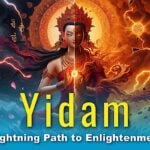
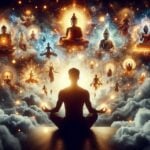
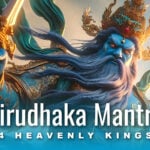






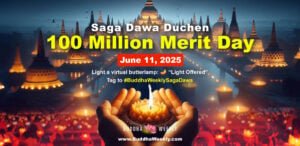
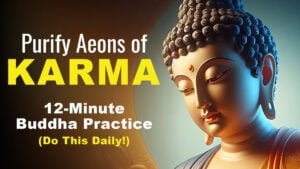

I appreciate the article “The dream of rebirth: is reincarnation real?; if so, why don’t we remember our lives?; how can we prove it?; and other difficult questions” by J. Nolan.
I do not understand why the article is in the science section of Buddha Weekly.
It is pseudoscience to assert Falsifiabilty as claimed in the section “Proving Mindstream from life-to-life”, specifically the phrase, — is impossible with current science. It is also impossible to disprove it. For reference see:
https://en.wikipedia.org/wiki/Falsifiability
It’s not pseudoscience, because it discusses from the perspective of it while also acknowledging that it’s not fact.
I do not believe in reincarnation. If someone (male)has some qualities of his late grand father (maternal), his grandfather’s genes passed to him through his daughter , his mother, not reincarnation.
That statement in itself doesn’t disprove reincarnation. There has been a case where the child would remember memories not possible. Does this prove without a shadow of a doubt it exists? No, but I’d say it opens the door to something.